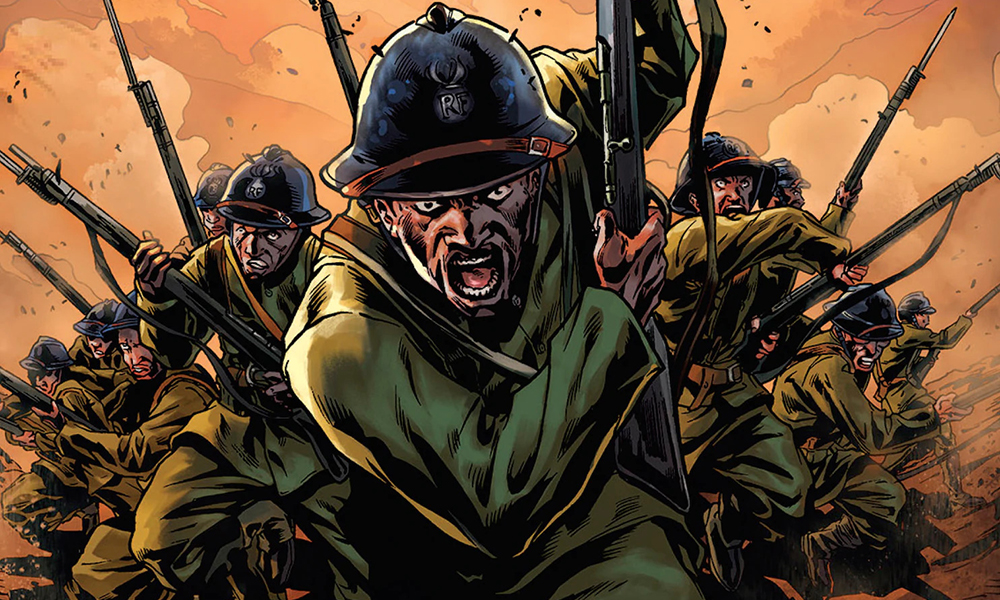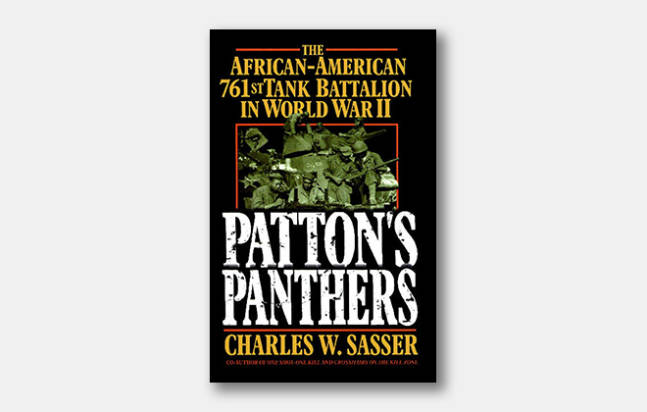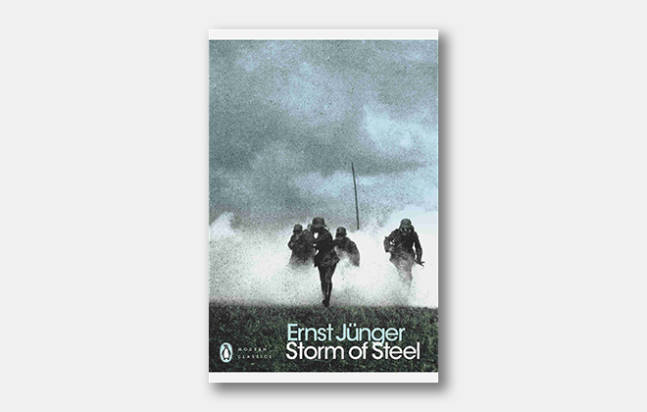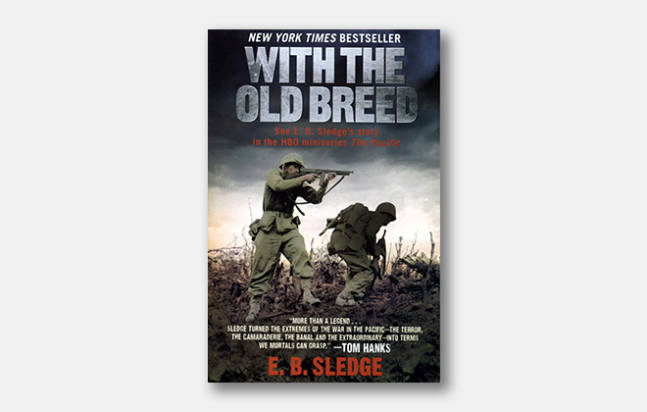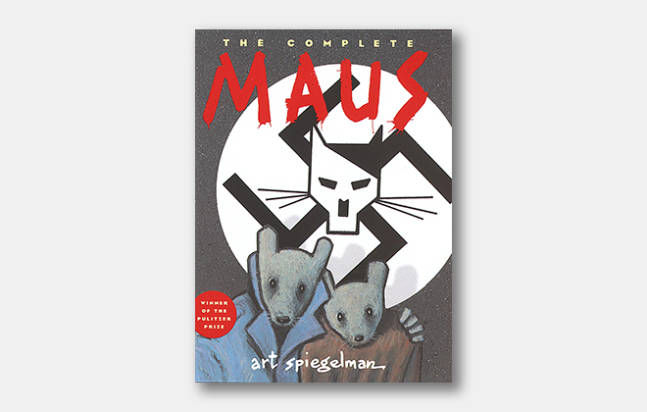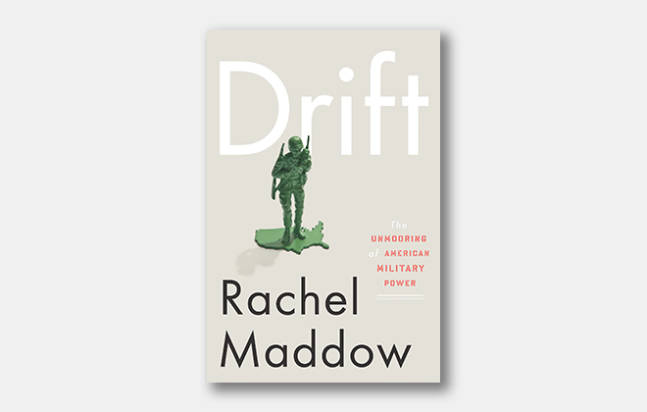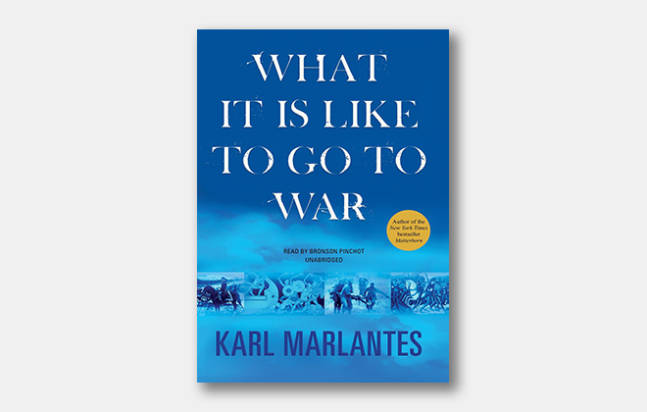As Dan Carlin frequently said, there’s something fascinating about being forced to live at the extremes of human endurance. And there’s nothing more extreme than combat. While most people (thankfully) won’t go through combat themselves, you can get a feel for it through the right war books.
You could argue that reading war stories is a form of morbid vicariousness and an attempt to educate and humble ourselves, or a way to tease out how you would react in a similar situation. Whatever the reason, war stories are not a form of light entertainment, so don’t pick any of these books up thinking that you’re going to have any sort of fun. Still, war books are an important look into the realities of war that every guy should have some perspective on, and will make you a more rounded person just like the best autobiographies for men do.
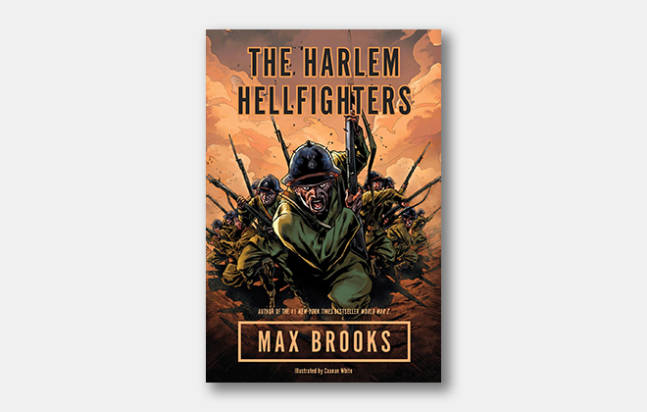
The Harlem Hellfighters
By Max Brooks and Caanan White
African-Americans have an odd relationship with the United States armed forces. They’ve had to prove over and over their ability to fight, only to be treated differently in battle and when they return home. It was discouraging routine throughout the country’s history: A war breaks out and African-Americans are gathered into segregated units. During their training, they endure unimaginable racism from the public and military leadership, who are also gossiping about how unreliable Black soldiers are and how they’re only suited to menial labor and support positions. Then, when those soldiers are thrown into combat, they vastly outperform their white counterparts.
The Harlem Hellfighters is one of the more effective accounts of this reality. The war book follows the 369th Infantry Division from its inception to its return at the end of World War I. No other American unit spent more time in combat. Given what’s known about European trench warfare in the First World War, that means these men endured the worst of the worst — and did it without receiving extra recognition. When these men gave far more of themselves than any other unit, it was shrugged off as a surprise that Black men could fight at all, rather than the reality, which is that the Harlem Hellfighters were notorious among the German army, and German attacks would be planned around not having to fight them, similar to how German command kept track of where Canadian and Scottish units were stationed on British lines.
Patton’s Panthers
Charles W. Sasser
Patton’s Pathers covers a lot of the same cultural ground as The Harlem Hellfighters. The 761st Tank Battalion, also known as the Black Panthers, was a battalion of Black tankers in the Second World War who had to deal with the same skepticism the Harlem Hellfighters did. Even Patton himself, despite his public support, had private reservations about their combat potential. Then they showed how well they could fight and became a key unit in Patton’s Third Army, so, once again, everyone was being myopically racist.
After reading this book, you’ll wonder why there hasn’t been a Band of Brothers style miniseries made about the 761st Tank Battalion. They’re begging for the same treatment given their wartime performance and our disappointing lack of widely publicized stories from Black combat units. Someone get Speilberg and Hanks together and tell them they need to throw some money at Black history buffs.
Storm of Steel
Ernst Jünger
Storm of Steel is unique in the genre of combat accounts, mostly thanks to two disturbing, and disturbingly honest, observations that provoke some serious cognitive dissonance. The first is that no man truly knows how he’ll react in war. many like to think they can handle the stress, but the numbers don’t back that claim up. It’s the more gruesome version of how everyone describes themselves as above average drivers. Jünger describes how he watched his comrades, men who were perfectly normal members of society before the war, transform. Some became ruthlessly efficient soldiers who traded mementos and anecdotes of slaughter, while others completely collapsed.
The other disturbing observation is how much Jünger seemed to enjoy his time in the war. What he describes are apocalyptic scenes of gut-wrenching horror, yet his conclusion is that he was glad to have participated. He was tested in combat and was not found wanting. He found the adventure he was looking for. Superficially, that’s a revolting sentiment, but there’s no denying that there are others who would have the same kind of response.
With the Old Breed
Eugene Sledge
Eugene Sledge can only talk about his own specific experiences in the Second World War’s Pacific Theatre in With the Old Breed, but his experiences are best understood when extended to everyone fighting on Peleliu and Okinawa. Every story he tells happened thousands upon thousands of times, just with tiny variations for each marine, a statement that gets even more disturbing when you actually read the book and see what these men were dealing with each and every day.
Maus
Art Spiegelman
You could argue that calling Maus a war book is skating by on a technicality since most of the book deals with Spiegelman’s father’s experiences in the Holocaust, but the man was also in the Polish army during the German invasion in 1939. And besides, surviving the Holocaust is arguably more of an ordeal than any sort of firefight. The book personalizes the horrors of Nazism in ways that are infinitely more effective than dry academic accounts of political policy and military maneuvering.
It’s a graphic novel, which we’d say makes it even more effective. Making the cat and mouse aspect of Nazis hunting for Jews the explicit depiction rather than a linguistic metaphor gives a constant visual reminder of how these people were feeling and ratchets up the stakes to something that in a way more accurately reflects reality.
Drift: The Unmooring of American Military Power
Rachel Maddow
Drift isn’t a war book in the sense that it follows an individual soldier or unit through a firefight. It’s a combat account in the sense that it lays out how a modern American war actually works. It looks at how such a wide gap is allowed to exist between what Americans vote for (a drastic reduction in hyperinterventionism, for example) and what foreign policy the government actually follows (a massive military industrial complex that acts with near impunity anywhere and everywhere). Drift talks about the development of the CIA as an unofficial branch of the military that operates outside of the traditional power structure. Any reasonable person would call the organization’s operations warfare, like when Obama used the CIA to repeatedly bomb Yemen, but the structure of the CIA shields it from any sort of public oversight or accountability.
What It is Like to Go to War
Karl Marlantes
There’s plenty of war nonfiction that does an amazing job of putting inconceivable battlefield conditions into terms regular people can understand. What It is Like to Go to War also does an amazing job of capturing the psychology and primal emotion of combat into words. There are obviously descriptions of Marlantes’s fighting experience, but he spends a lot more time in the book describing what’s going on inside his own head than on the battlefield.
For example, he writes about what American society lacked when it tried to reintegrate Vietnam vets and what drove so many of them to substance abuse. Marlantes himself lost a good few years to addiction, and he explained he might not have gone down that road if there had been adequate rehab opportunities for vets when they got home. The example Marlantes used was needing to be bathed by a woman, not as a way to indulge in any kind of sexual gratification but as a way for calming, comforting feminine energy to wash away the hyper-masculinity of war. He talked about it as a ritual that signified to the men their time at war was over and gave them permission to shed the coping mechanisms they’d found overseas, instead of just chucking them back into society as if they hadn’t just spent 13 months or more fighting in one of the most brutal conflicts Americans have ever been in.
Also worth noting, this book has a fictional counterpart. Marlantes wrote Matterhorn: A Novel of the Vietnam War that’s largely autobiographical. It’s an excellent read as well, especially if you read the two of these within a few weeks of each other. Each serves to solidify the other in your mind and drive home the most important parts of both. $15
Buy Now $15
